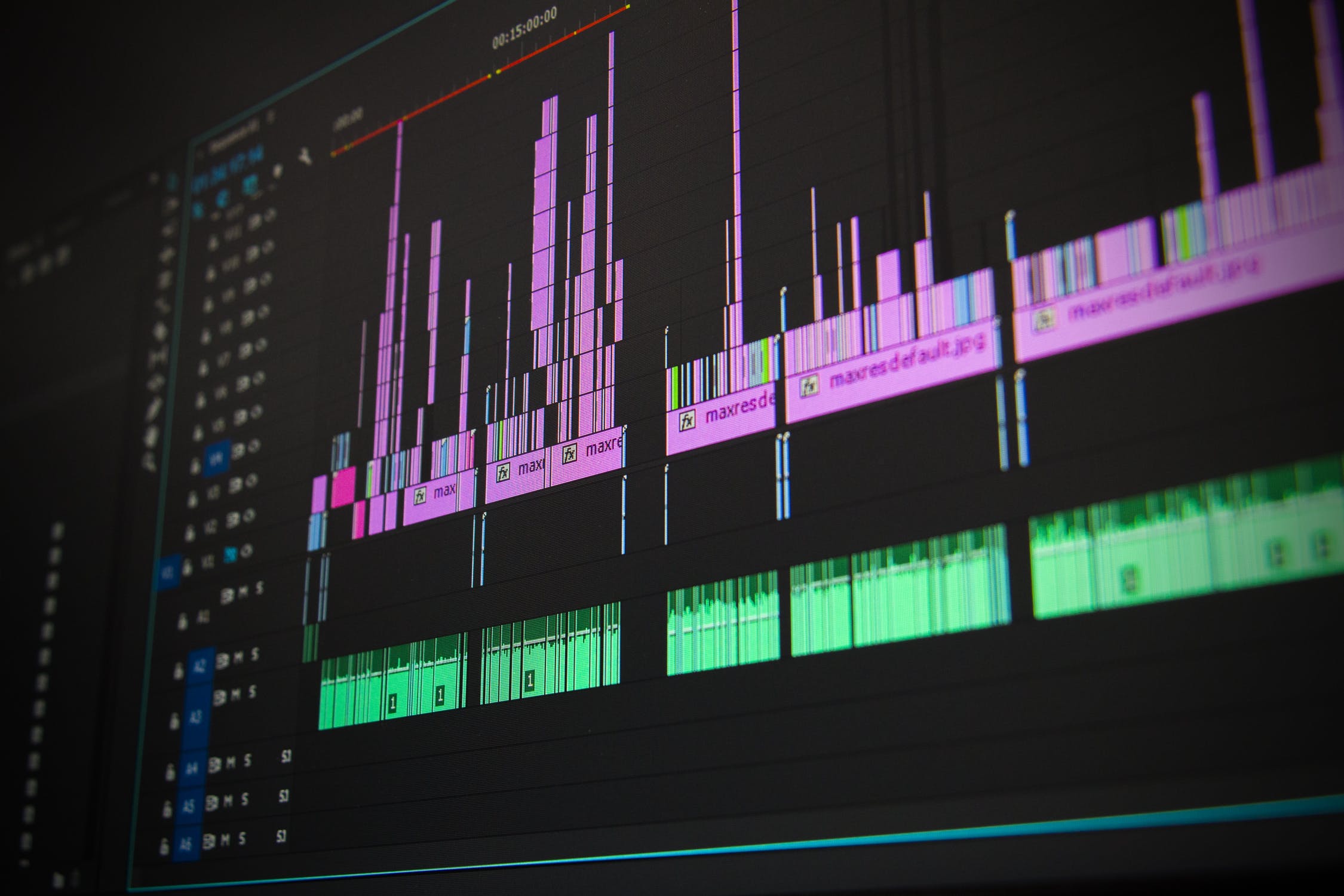Business
Music In Adverts: Consistency Isn’t Always King
From writing a slogan to choosing where to place your adverts, there are countless key decisions to be made when marketing your startup. However, despite its importance, many businesses mistakenly cut corners when it comes to the music used in advertising. Writing for WARC, online marketing strategist David Meerman Scott claims that music is commonly the least understood asset within marketing departments, which is concerning when you consider how versatile and widespread its use can be. The right melody is vital whether you’re creating a television advert or online video, or merely need effective walk-on music for an event.
The good news is that you may only need to make this decision once. According to a study by Goldsmiths, University of London, using the same tune across all your adverts means consumers are more likely to enjoy and remember your brand. And arguably, sticking with a single piece of music could save you a lot of time and money in the long run. But does that mean that consistency is really your best bet for a top marketing strategy?
How to choose music for your brand adverts
Like every other element of your marketing plan, the music in your advertising should represent your brand as closely as possible. First and foremost, this means thinking about the mood you wish to convey—does your brand aim to inspire hope, create sympathy or make your customers laugh? Establishing this will give you a better idea of the tone and tempo you’re looking for. You shouldn’t discriminate against particular genres either. Just because you’re personally not a fan of hip hop music, this doesn’t mean there isn’t a track out there that, to your surprise, will perfectly embody what your brand stands for. The only rule is to keep it modern and relatively neutral, to prevent it from sounding dated over time.
It’s also important to remember that the music itself should not be the sole focus of the advert, with dialogue or visuals tending to take precedence. Therefore, make sure the music isn’t too distracting, as you don’t want to cloud the wider message of your commercial so consumers can’t understand it. A top tip is to pick a track with a steady pace, so you don’t startle listeners with any unexpected changes in mood, tempo or instrumentation.
There are several routes you can take to find music appropriate for your brand in the long term:
Stock music
This music is usually owned and produced by music libraries, licensing it to customers who can then use it. As these libraries own all the copyrights of their content, they don’t need the composers’ permission to license anything. Furthermore, some libraries follow the royalty-free model, which means that instead of charging to license the music, the customer will buy a CD or digital collection of tracks they can use as often as they wish. There are also non-exclusive libraries, licensing the same piece of music to multiple clients at once. This is one of the most cost-effective sound sources, and perhaps the best option for startups who are still being careful with their budget.
Commissioned music
If you have your heart set on totally original music, it could be in your best interest to hire a composer. They can write you a piece for a specific purpose, or an entire suite of music that gives you a selection of tunes to apply to different situations. For instance, the composition used for your video adverts could be repurposed and applied to your on-hold telephone music.
Copyrighted music
Many brands opt to sample tracks by professional recording artists in their adverts, though this can be a very complicated and expensive process. The music must be licensed in line with copyright law, legally granting a company permission to use the track. Music licensing specialists MN2S point out that brands must first contact the owners of the composition and sound recording, noting that this process can be complicated by the involvement of publishing companies or artists, and record labels. All sides must agree to the terms and, as these negotiations can often be tricky to manoeuvre, you should seek the help of experienced licensing experts before pursuing this path.
The science behind music and marketing
The Goldsmiths study, published in the Journal of Neuroscience, Psychology, and Economics, used EEG readings to examine brain responses to 27 radio adverts and 27 television adverts. A third of these used the same “strategic” music, another third used varying “tactical” music, while those remaining featured no music at all. The 16 volunteers involved in the research were asked to rate each advertisement based on how much they liked the overall presentation, the music specifically, how familiar it was, and how much they believed the music matched the advertised brand or product.
Lead author Joydeep Bhattacharya, Professor of Psychology at Goldsmiths, revealed that “using the same tune across multiple adverts, [boosted] the ratings people gave each advert”, while strategic music was also considered to be a “better fit” for the brand. He added that the volunteers’ EEG readings showed that consistent music was associated with more powerful high-frequency brain waves, particularly across frontal regions. Previous research suggests this could be a sign of activated reward networks in the brain which, in turn, may demonstrate enhanced engagement. This positive impact means that adverts with consistent music could be better able to influence consumer behaviour.
The study’s co-author Richard Lewis (PhD) commented that for many of the volunteers, if one of the brands in the study had used the same music for a long time it “would often instantly spring to mind” before any logos were shown on screen. Considering this subconscious link between repeated music and specific brands, the researchers recommended that businesses stick to a single backing track across consecutive campaigns in order to trigger the desired association.
The limits of consistency
When you look at the biggest brands of our time, it certainly makes sense to commit to one type of music. McDonald’s and Disney recently topped the first-ever audio brand index, examining which companies best use sound to engage with their customers. In these cases, the consistent use of the “I’m lovin’ it” jingle, and “When You Wish Upon a Star”, from the film Pinnochio, have become synonymous with the respective brands. Intel, Apple and Coca-Cola all also ranked highly. However, global sound branding agency Amp, responsible for the index, noted that only 22% of the 100 brands included used sound effectively. This shows that solid advertising music is about far more than just consistency.
Even though the researchers at Goldsmith stated that strategic music is preferable in advertising, they still acknowledged that success wasn’t quite that straightforward: “Of course the big challenge, […] is to pick a tune that will stand the test of time.” Therefore, the value of consistency only applies if you’re sure you’ve picked the best music for your brand in the first place. If not, you’re stuck with music that your customers won’t engage with, which could ultimately be very damaging for your business.
This is why it’s important to monitor impact and ascertain whether your advertising is working or not. To really measure the success of your music, you could conduct a split test, which means creating multiple versions of the same commercial and weighing them up against each other. For instance, you could send two variants—each with a different backing track—to small but equal proportions of your email mailing list. Whichever one attracts the most engagement is the one you should send to the rest of your customers. Continue testing the music as you continue to develop further marketing campaigns, until you finally land on one you’re confident in and ready to commit to.












